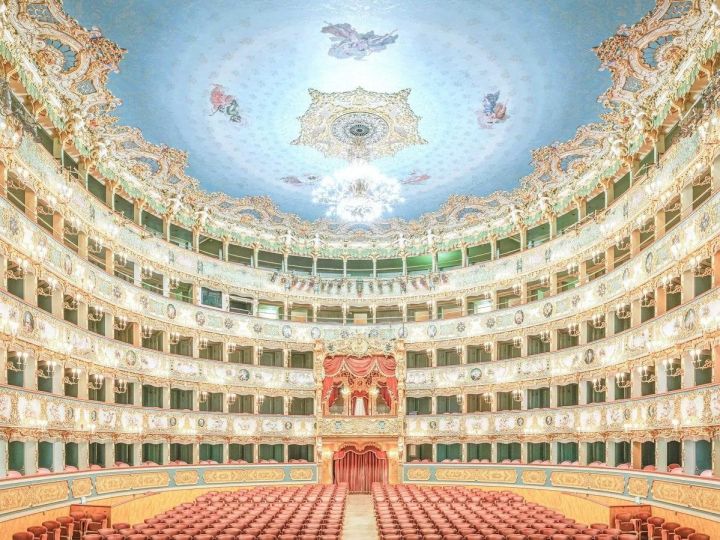Another surprise from this Californian edition of Paris Photo is an exhibition from its director, Julien Frydman, and Fototeka, based on the archives of the Los Angeles Police Department. The archives might as well belong to Paramount Studios in their gory resemblance to film noir.
While the photographs are surprisingly rigorous and modern, they are neither the product of someone listening to police radio, like Weegee in New York, nor of someone invited onto the set of a James Ellroy story. These photographs were taken by jaded police and forensic pathologists of the LAPD, who used them to reconstruct crime scenes.
Sprawling bodies carelessly abandoned at the foot of a cliff in the Californian deserts, their hands still gripped needlessly around a weapon, seem to reveal the motives of their murderers. The hand written notes left by detectives on the photos add to the mystery while leaving a few clues, beginning with the date of the crime. Some of the photographs are signed. “Photo by Oliver,” we read on one which unconsciously calls to mind the work of Roger Ballen. In a narrow room where we can only see a third of the bed, half of the chair and a worn-out wallpaper, the disturbing neutrality of the elements is upset by a body fallen flat on its stomach from an unmade bed. All we can see of the inert man are his feet. The two tone shoes popular in the 1930s betray the failed escape of an elegant robber.
Notes by criminals are also included, ones that were written before robberies: “Give me all your bills, except 1’s and 2’s.” And because we’ve seen them in films, reading notes like this brings a smile to our faces. “Stick up, don’t move, smile,” another note orders.
And indeed, we smile and stick up in front of these images as people do when given the opportunity to witness a deadly event, with a mix of fascination and disgust – the very typical attitude we unconsciously recognize in the crowds of Ken Gonzales-Day, exhibited at Luis de Jesus gallery in the neighboring stage. The images in his Erased Lynching series (2000-2013) derive from appropriated lynching postcards and other archival source materials from which he removed the lynch victim and the rope from the image. This conceptual gesture redirects the viewers attention away from the lifeless body of lynch victim to allow viewers to see the crowd and the mechanisms of the spectacle.
Unedited! The LAPD Photo Archives
Paris Photo LA 2014
Until April 27th, 2014
Paramount Pictures Studios
Los Angeles
USA
http://www.parisphoto.com
http://www.kengonzalesday.com/projects/erasedlynching/index.htm
http://www.luisdejesus.com/artist_dtl.php?id=69
















